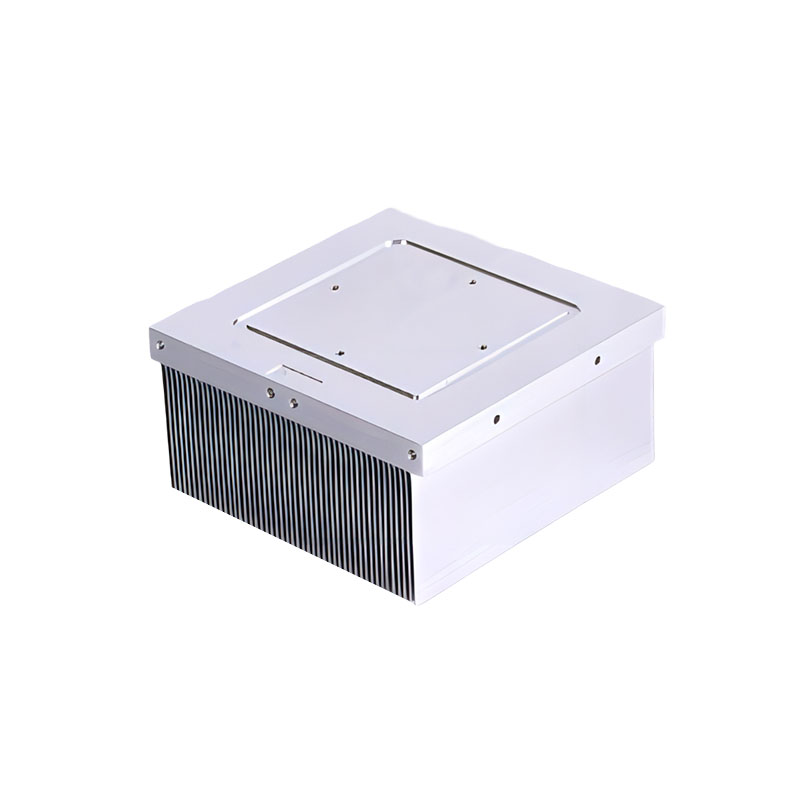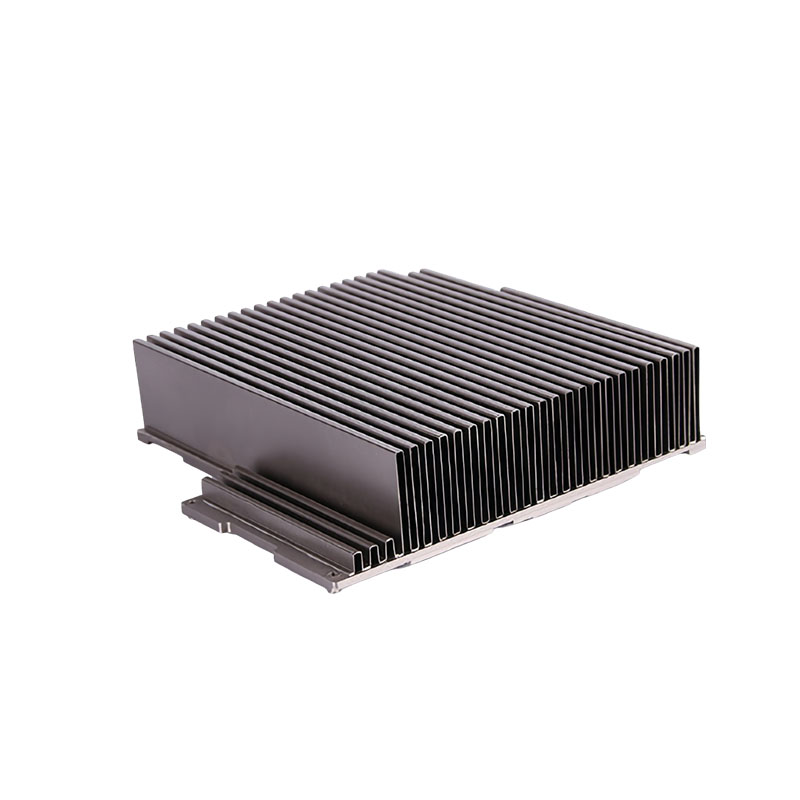How to ensure machining accuracy and surface quality during non-standard CNC machining?
Release Time : 2025-01-28
The accuracy of the machine tool directly determines the accuracy of the machined parts. Therefore, when performing non-standard CNC machining, high-precision CNC machine tools should be given priority, and regular maintenance and calibration should be performed to ensure the stability and accuracy of the machine tools.
According to the design drawings and processing requirements of the parts, a reasonable non-standard CNC machining process should be formulated. Including selecting the appropriate processing sequence, tool path, cutting parameters, etc. to reduce error accumulation and improve processing accuracy.
The selection of tools has an important influence on the accuracy and surface quality of non-standard CNC machining. The appropriate tool type, size and accuracy grade should be selected according to the material, hardness and processing requirements of the parts. At the same time, the tools should be ground and maintained regularly to ensure their cutting ability and life.
Temperature is one of the important factors affecting machining accuracy. During non-standard CNC machining, the machine tool, cutting fluid, workpiece and tool should be temperature controlled to reduce errors caused by temperature changes.
During and after machining, high-precision measuring tools should be used to conduct comprehensive quality inspections on parts. Including dimensional accuracy, geometric tolerance, surface roughness, etc., to ensure that the parts meet the design requirements.
Appropriate cooling and lubrication can reduce cutting force and friction, reduce tool wear, and improve the quality of the processed surface. Therefore, cooling lubricants should be reasonably selected and used during the processing.
The skill level of the operator also has an important impact on the processing accuracy and surface quality. The training of operators should be strengthened to improve their operating skills and familiarity with the processing technology to reduce errors caused by human factors.







